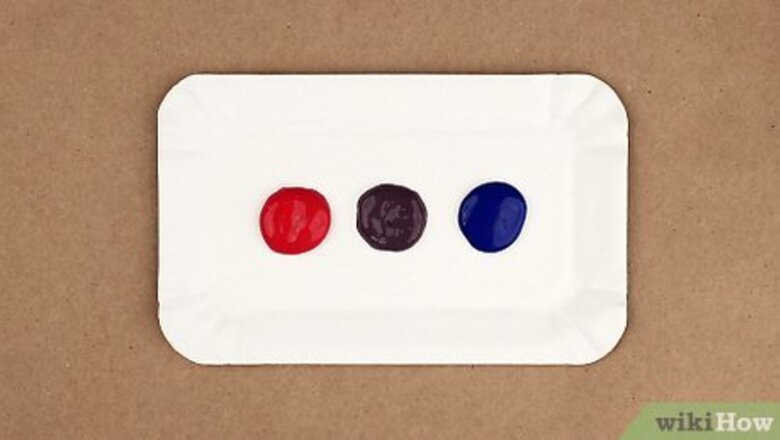
views
What colors make magenta?
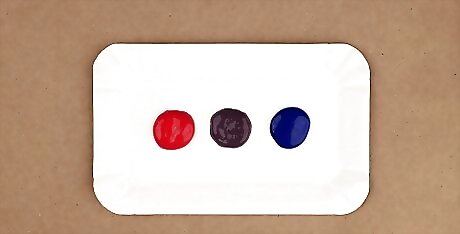
Mixing red and blue will make magenta. Magenta is a secondary color, which means that you have to combine two primary colors in order to get the exact color you want. However, in a pinch, shades of purple and red or pink and purple can also make magenta. Here are the most common paint color combinations that will work well to make magenta: Cobalt blue and cadmium red Ultramarine blue and crimson lake Quinacridone violet and crimson lake
How to Make Magenta Paint
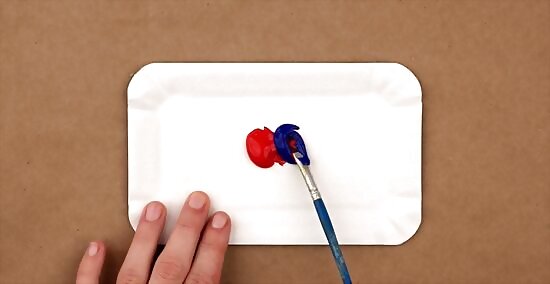
Mix 50-50 ratio of blue and red paint. Whether you’re using acrylic, oil, or watercolor paint, load your brush with red paint and transfer the paint onto your palette or mixing surface. Load the brush again with an equal amount of blue paint. Gently dab the blue into the red and swirl the colors together on your palette. If you’re using a strong blue like ultramarine or Prussian blue, add only a little bit at a time because those intense blues can overpower the red. Always experiment with your colors and ratios. Slowly add different colors until you get to the right value (how light or dark the color is) and then the right hue (color).
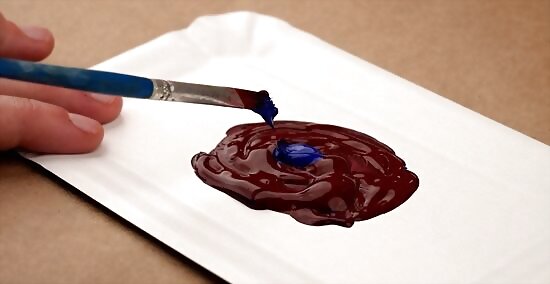
Adjust the hue by adding either blue or red. Add more blue to tip your magenta more towards violet. Add more red if you’re looking for a maroon or fuschia color.
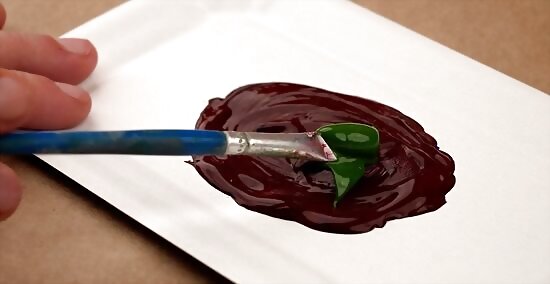
Darken magenta paint with black or dark green. Load up a small amount of the darker color onto your brush. Dab it into the magenta and mix. Keep adding more of the dark color until you get the exact shade you want. If you don’t have black paint, mix ultramarine blue and raw umber. Green is a complementary color to magenta, so it will lower the saturation (or richness) of the magenta as you add it.
Lighten magenta paint with white or yellow. You can add titanium white to make magenta lighter, but the white will also change the saturation of the color. As a result, you’ll get a weaker or chalkier magenta. To preserve the magenta’s rich hue but lighten the color, add yellow instead. Just keep in mind that adding yellow will change your magenta hue and make it warmer. William F. Powell William F. Powell, Portrait Artist To make a balanced magenta, start with a 1:1 mixture of a cool red and blue. Cadmium red and ultramarine work well. Adjust the ratio depending on whether you want the magenta to skew slightly more towards red or purple. Add just a touch of white to brighten. For more transparency, mix in a gloss medium.
Magenta Alternatives
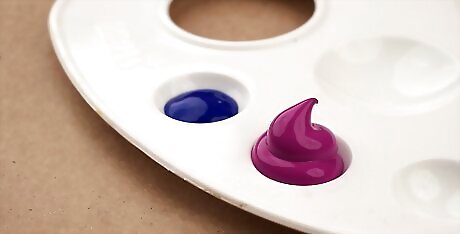
Permanent rose and blue Pick up a tube of permanent rose for a color that’s easy to adjust to get closer to true magenta. If your painting has really warm tones, you might even be able to simply swap permanent rose for magenta. However, permanent rose is pinker than magenta, so you can add some blue to make it fit closer in the magenta family.
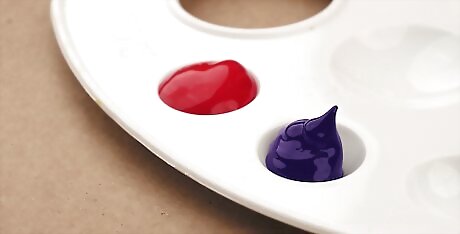
Quinacridone violet and red Quinacridone violet, a deep purple-red color, is a great out-of-the-tube substitute for magenta. In fact, quinacridone magenta is nearly indistinguishable from quinacridone violet straight out of the tube. However, if you add a gel or gesso medium (or white paint) to quinacridone magenta, it’ll turn quite pink. In contrast, if you add gel/gesso or white to quinacridone violet, it’ll stay closer to dark violet. As a result, we recommend mixing quinacridone violet with red if you’re working with gel, gesso, or white paint.











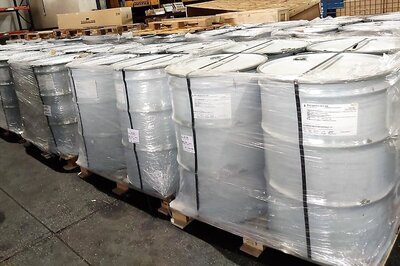
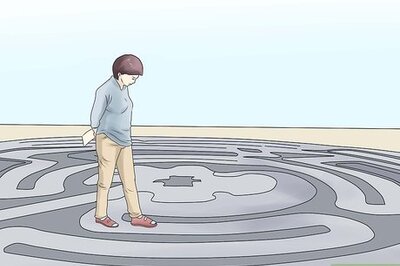



Comments
0 comment